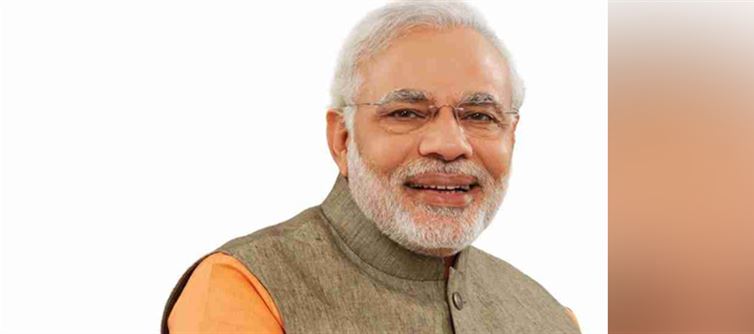
Critics argue that this avoidance reflects a fear of spontaneous dialogue—where tough questions from independent journalists might unravel the carefully curated persona. The Prime Minister’s public appearances are usually choreographed, with speeches delivered via teleprompter, interviews conducted with friendly media personnel, and events designed to ensure minimal unpredictability. In a thriving democracy, press conferences serve as a critical platform for transparency, allowing leaders to be questioned, challenged, and held accountable in real-time. Modi’s unwillingness to engage in this tradition raises concerns about accountability and the erosion of press freedom under his leadership.
Supporters of Modi often justify his style by pointing to his electoral mandate and the government’s achievements. However, democracy is not merely about winning elections—it is also about institutional checks and open dialogue. Eleven years, or 132 months without a single unfiltered press conference sets a troubling precedent. It signals a shift from participatory governance to a model reliant on spectacle, symbolism, and media control. As india continues to evolve as the world’s largest democracy, the absence of direct, unscripted communication from its highest elected leader is not just a missing tradition—it’s a missing pillar of democratic health.




 click and follow Indiaherald WhatsApp channel
click and follow Indiaherald WhatsApp channel